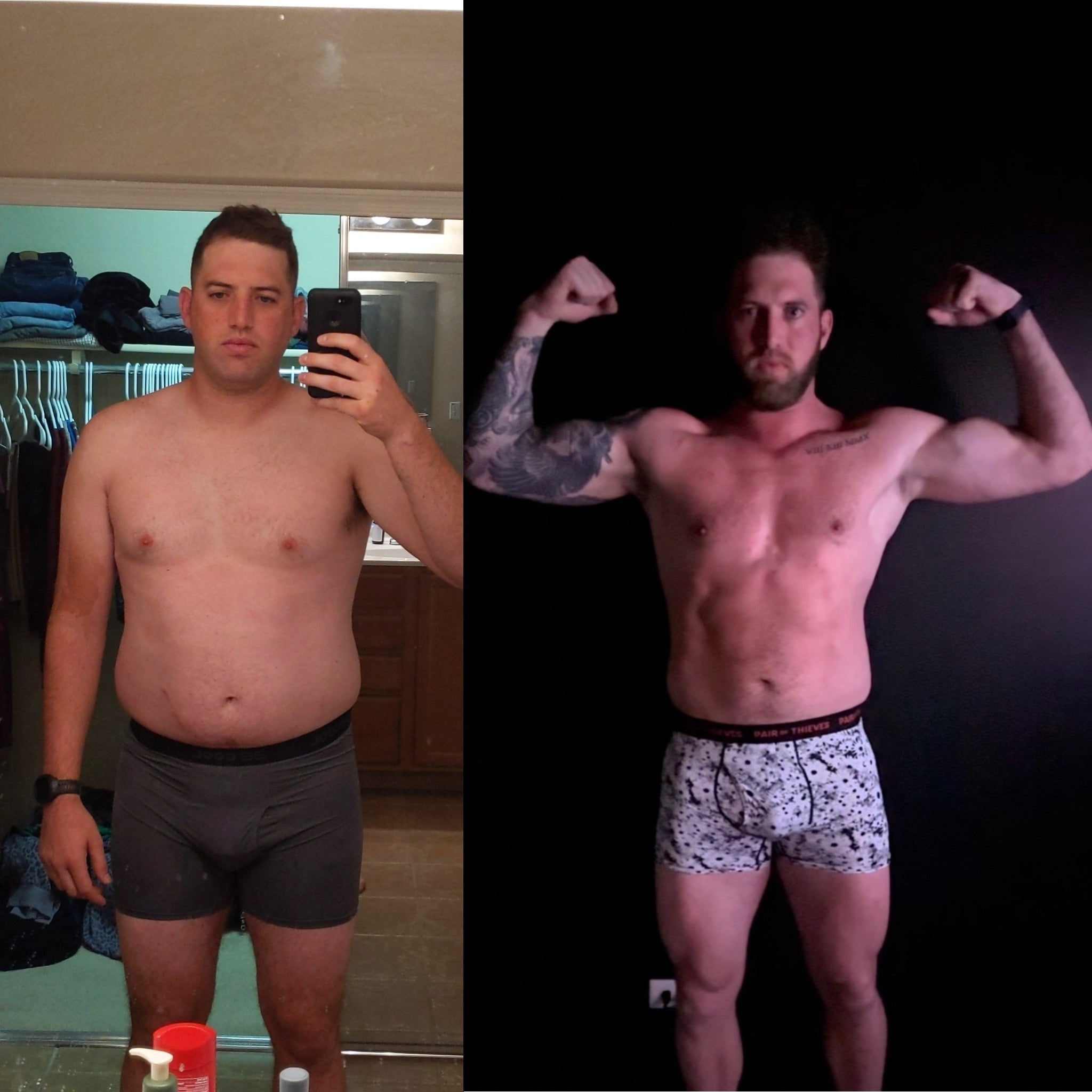Cardio is the “go-to” exercise for individuals, but what is the best way to do it and how can you simplify your plan while also maximizing your benefits? That is my goal because understanding the different types of cardiovascular exercise and how to tailor them to your goals is the first step to incorporating this essential component into your fitness routine. Cardio isn’t just about burning calories—it’s about improving your overall health, memory, energy levels, and even extending your lifespan. When done correctly, it will amplify your hobbies and even amplify your results from resistance training. When done efficiently, you can dramatically improve your endurance for life activities and an expedited time frame. Planning a ski trip in February but you haven’t exercised since your last ski trip? No problem! Effective cardio can have you lasting all day on the slopes even if you live at sea level. It also significantly decreases your all-cause morbidity and mortality. Let’s dive into the three main types of cardio and how to create a plan that works for you.
---
The Basics: Understanding Maximum Heart Rate
Before diving into the types of cardio, it’s important to understand your maximum heart rate (maxHR). Your maxHR is the highest number of beats per minute (bpm) your heart can safely reach during intense exercise. To calculate yours, subtract your age from 220. For example, at 37 years old, my maxHR is:
220 - 37 = 183 bpm
Each type of cardio works within specific heart rate zones, which we’ll explore next.
---
Low-Intensity Steady State (LISS)
LISS is the most common form of cardio that involves maintaining a steady heart rate at 50-65% of your max HR. For me, this translates to a heart rate of 92-119 bpm. A fast walk or a light jog is typically enough to stay in this zone. If you dread running or endurance exercise then you might find it more palatable if you stay within this range. It’s worth knowing that increasing your heart rate or maintaining a higher heart rate does not correlate with better results. So if you dread endurance cardio then try measuring your heart rate while you exercise and you will likely find it more acceptable. Common ways of doing LISS are running, walking, biking, swimming, elliptical, stairmaster, and pretty much anything that maintains a steady movement.
Benefits of LISS
- Great for fat loss and energy expenditure
- Easier on the joints compared to higher-intensity options
- Helps build cardiovascular endurance in a low-stress way
How to Incorporate LISS
Start with sessions of just 10 minutes, a few days a week. Over time, you can gradually increase the duration and frequency as your fitness improves.
Side note: Sauna is a great cheat for LISS. It will accomplish a lot of the same objectives. Incorporating movement is always best but if you haven’t been doing cardio and you want an easy place to start or a way of adding more time during the week then sauna is a great option.
---
High-Intensity Interval Training (HIIT)
HIIT is an evidence-based powerhouse and second to none for improving cardiovascular health. It involves alternating between periods of high-intensity effort and lower-intensity recovery. During HIIT, aim for 95% of your maxHR during high-intensity intervals and about 60% during recovery intervals. For example, my HIIT zones at age 37 are:
- High-intensity: 174 bpm
- Recovery: 110 bpm
Benefits of HIIT
- Improves heart health and oxygen utilization (VO2 max)
- Decreases all cause mortality more than anything else you can do
- Burns more calories in less time compared to LISS
Example HIIT Session
If you have never done HIIT before then I recommend the following to start.
- Warm-up: 5 minutes of light activity
- Work: 1 minute at 95% maxHR
- Recover: 1 minute at 60% maxHR
- Repeat for 5 rounds (10 minutes total)
If you don’t have a heart rate monitor, go full intensity, followed by walking or for 2 minutes. Start with 5-10 minutes total and gradually build up. I have built up my HIIT sessions to be 5 minutes of 95% Max followed by 90 seconds of 60% for 5 rounds. If you’re looking to improve your cardiovascular endurance (like the ski trip example I gave above) then HIIT should be your go to exercise! I have been able to go from no consistent exercise to lasting 6+ hours on the slopes from just a few weeks of HIIT. Similarly, my wife only used HIIT in a very short timeframe to prepare for a marathon (although we don’t recommend this!) and performed very well without any complications! If you were only going to do one type of exercise for your health then it should be HIIT, which is second to none!
---
Cross-Training
Cross-training refers to engaging in various sports, activities, and exercises to stay active and add variety to your routine. Think about playing sports with friends. Or simply going from formal bodybuilding to crossfit could also be considered cross-training but I like to put it in the cardio category. It simply means that it is another type of exercise that you do apart from your usual, structured exercise. Cross-training is less structured than LISS or HIIT but offers unique benefits.
Benefits of Cross-Training
- Adds fun and variety to your workouts
- Helps prevent burnout and overuse injuries
- Provides a good measure of your overall fitness and progress
- Contributes to cardiovascular fitness
Incorporating Cross-Training
Aim to include one active session each week, such as a weekend hike or a casual game of basketball. It’s a great way to increase your energy expenditure and enjoy fitness in a social setting.
---
Creating a Cardio Plan
A balanced cardio plan includes a mix of LISS, HIIT, and cross-training to target different aspects of cardiovascular fitness. Here’s an example of a progressive cardio plan starting from no exercise:
- Week 1: 15 minutes of LISS, 3 days a week, one activity per week
- Week 2: 20 minutes of LISS, 3 days a week, one activity per week
- Week 3: Add one 10-minute HIIT session, 20-minutes of LISS, one or more activities per week
- Week 4: Increase HIIT by either a couple rounds or extend the length of each round, maintain or increase LISS minutes, and don’t forget one or more activities for the week!
Continue building from there based on your fitness level and goals.
---
My Cardio Routine
To keep things simple, here’s my current cardio plan:
- LISS: 60 minutes total, spread across the week
- HIIT: 2 sessions, 20 minutes each
- Cross-Training: One active session each weekend
This combination helps me stay consistent, improve my cardiovascular health, and enjoy the process.
---
The Broader Benefits of Cardio
Cardiovascular exercise isn’t just about fitness—it’s about improving your overall quality of life. Research shows that cardio:
- Enhances memory and cognitive function
- Increases mitochondrial energy output for better endurance
- Reduces all-cause mortality by 29%
The key is consistency. Even small, regular sessions can make a significant impact on your health over time. I like to use cross-training as a measure of my overall health. For example, as my health and cardiovascular endurance improves I notice that I can last longer on the mountain skiing or in a basketball game without needing to stop to take a break. Exercise and movement should be fun and incorporating various new and fun activities will help you maintain motivation and avoid burnout.
---
Final Thoughts
Cardio doesn’t have to be complicated or time-consuming. By understanding the three main types—LISS, HIIT, and cross-training—you can create a plan that works for your goals and schedule. Start small, track your progress, and remember to enjoy the journey. Fitness is about building habits that last, and cardio is an essential piece of that puzzle. With a clear plan in place, you’re well on your way to better health, improved fitness, and a stronger heart.



